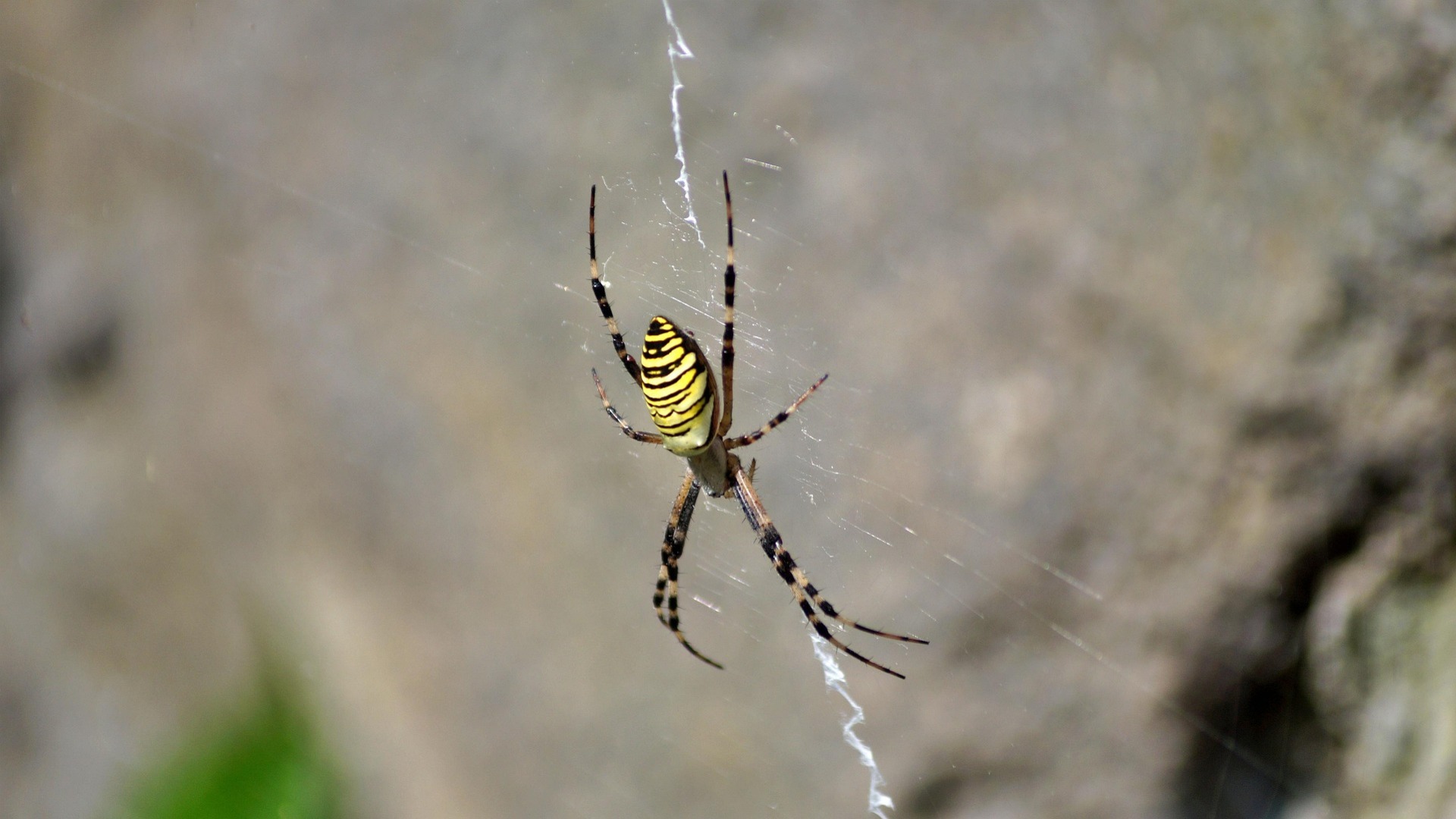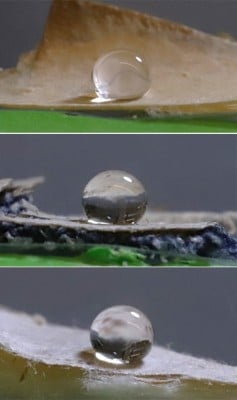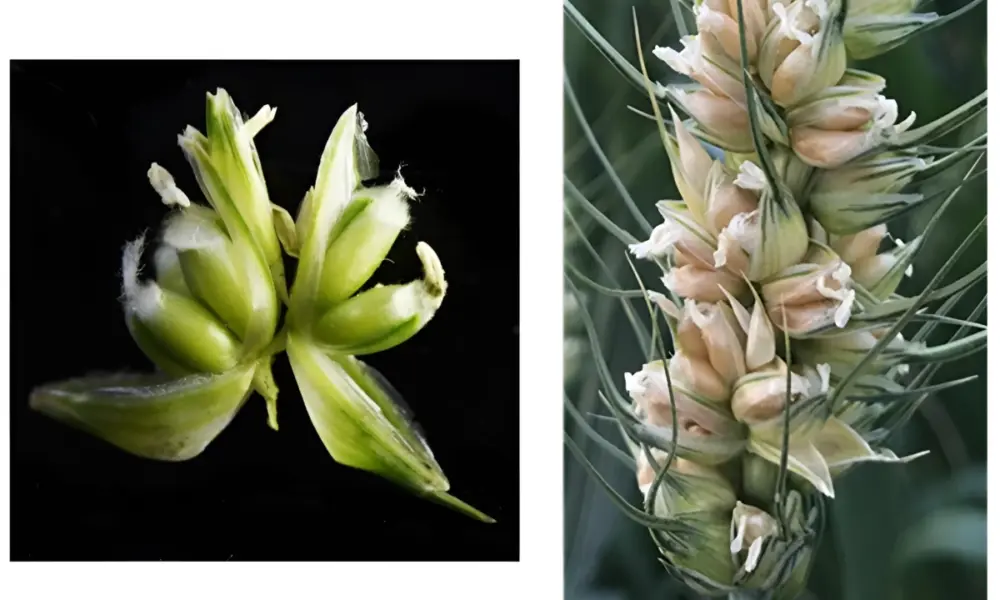Italian researchers have discovered that spiders weave a sophisticated alarm system into their webs, a finding that sheds new light on the purpose of stabilimenta. This intriguing study, published in the journal PLOS One, focused on the web structures crafted by the spider Argiope bruennichi, commonly found in the forests of Sardinia.
For years, scientists debated the function of stabilimenta, thread structures that form zigzag patterns in spider webs. While some theories suggested they served decorative purposes or helped stabilize the web, the new study suggests these formations play a crucial role in detecting prey movements.
Unraveling the Mystery of Stabilimenta
Over a three-year period from 2018 to 2020, a team of researchers from various European universities conducted extensive studies on three distinct populations of Argiope bruennichi. They aimed to better understand how the stabilimenta affect vibrations within the web. The researchers utilized both field observations and computer simulations to analyze the vibrations transmitted through these zigzag patterns.
The findings revealed that when prey strikes the web, the stabilimenta enhance the spread of vibrations, effectively functioning as an alarm system. This means that if prey becomes ensnared and struggles, the stabilimenta can transmit signals to alert spiders who may be located far from the disturbance.
The study authors emphasized the significance of their discovery, stating, “This study reveals that the decorative stabilimentum in Argiope bruennichi webs is more than just ornament; it subtly changes how certain vibrations travel through the web.”
Potential Applications and Broader Implications
The researchers noted that the implications of their findings could extend beyond arachnology. They suggest that understanding how vibrations travel through spider silk could inspire the design of new bio-inspired materials with adjustable elastic properties. Such innovations could find applications across various fields, including engineering and materials science.
The study’s conclusions challenge previous assumptions about the stabilimenta, which have long fascinated scientists. Previous theories proposed that stabilimenta might serve to protect spiders from ultraviolet rays, help collect water, or even attract or repel prey visually. While the protective role remains valid, the current research highlights the mechanical importance of these structures in prey detection.
By weaving intricate zigzag patterns, spiders enhance their ability to detect prey, demonstrating another example of nature’s ingenuity. As spiders are known for their patience, this adaptation could significantly improve their chances of capturing meals.
This groundbreaking research not only enriches our understanding of spider behavior but also opens new avenues for exploring the applications of biological structures in technology and design. The complete study is available for review in the journal PLOS One.







